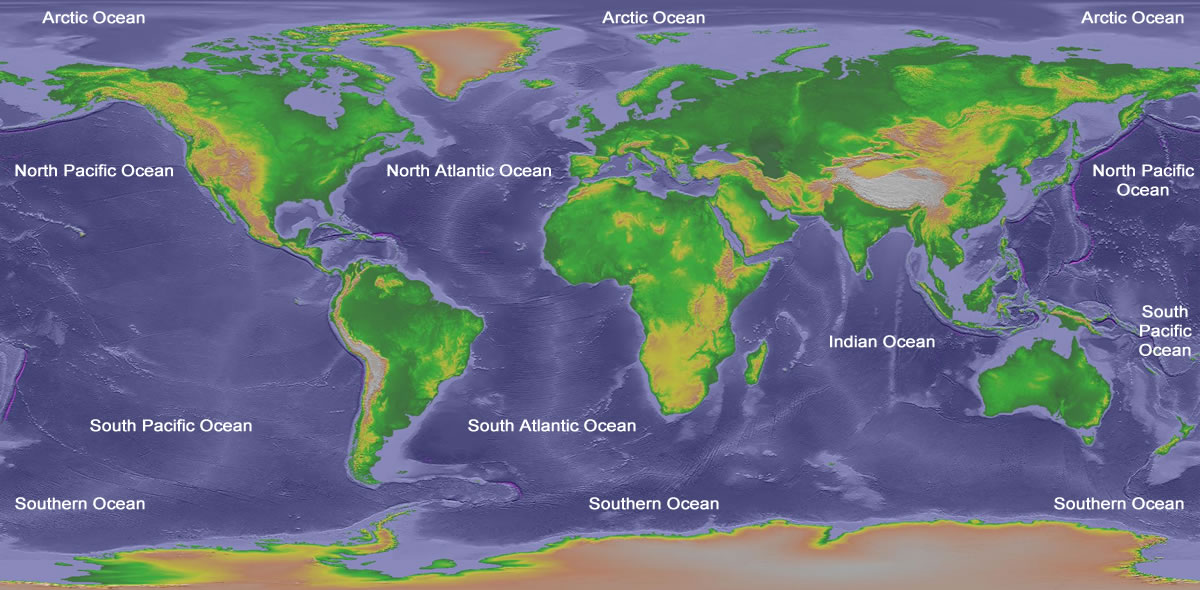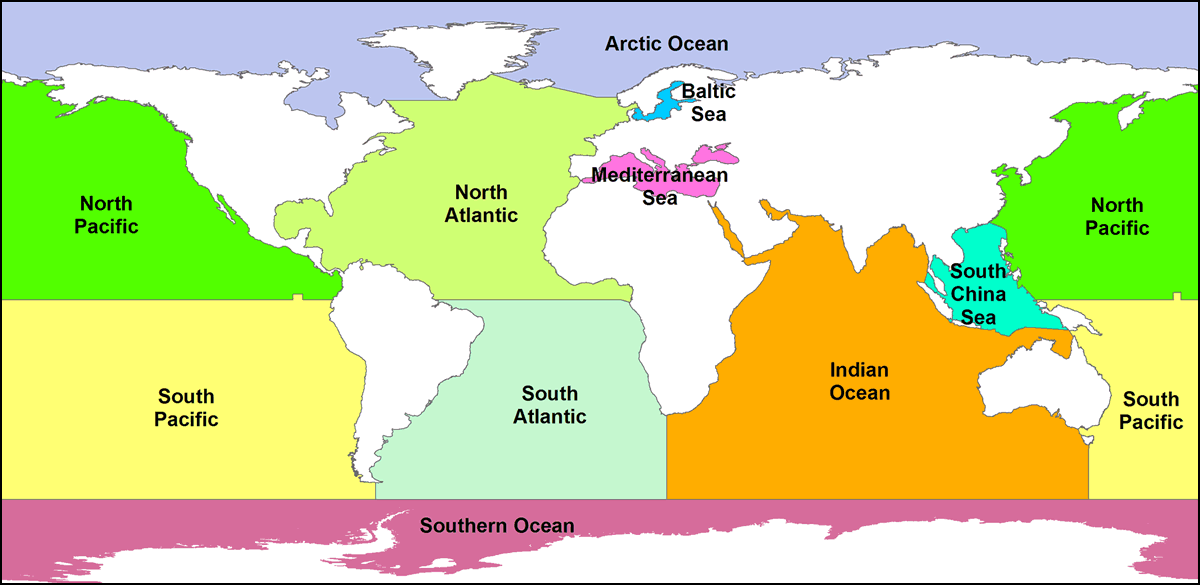How many Countries are there in the World?
Countries in the World:
195
There are 195 countries in the world today. This total comprises 193 countries that are member states of the United Nations and 2 countries that are non-member observer states: the Holy See and the State of Palestine.
Not in the list
Not included in this total count of 195 countries are:
Taiwan - the United Nations considers it represented by the People's Republic of China.
The Cook Islands and Niue, both states in free association with New Zealand which are members of several UN specialized agencies and have been recognized "full treaty-making capacity", but are neither member states nor non-member observer states.
Dependencies (or dependent territories, dependent areas, dependencies) and Areas of Special Sovereignty (autonomous territories)
Other countries recognized by the United Nations as not being self-governing
Where are they located?
Of the 195 countries in the world:
- 54 countries are in Africa
- 48 in Asia
- 44 in Europe
- 33 in Latin America and the Caribbean
- 14 in Oceania
- 2 in Northern America
Flags
List of countries
Below is the full table of countries ranked by the most populous and showing current population, share of world population, and land area:
See also: List with both countries and dependencies together | Alphabetical list of countries (includes dependencies)
Search:
# Country Population
(2020) World
Share Land Area
(Km²)
| # | Country | Population (2020) | World Share | Land Area (Km²) |
|---|---|---|---|---|
| 1 | China | 1,439,323,776 | 18.5 % | 9,388,211 |
| 2 | India | 1,380,004,385 | 17.7 % | 2,973,190 |
| 3 | United States | 331,002,651 | 4.2 % | 9,147,420 |
| 4 | Indonesia | 273,523,615 | 3.5 % | 1,811,570 |
| 5 | Pakistan | 220,892,340 | 2.8 % | 770,880 |
Ranked by current population
References
Thus the structure for the number of countries in the world now becomes:
U.N. members: 193
U.N. observer states: 2
States with partial recognition: 6
Unrecognized de facto sovereign states: 3 to 6 (see below)
Total: 204 to 207
Conclusion
So, whenever asked for what is the exact number of countries in the world, remember the answering this wouldn’t be that simple. However, if we simply speak of the independent sovereign countries recognized by United Nations then obviously the number comes out to be 197 out of which 195 are its member countries and two of those i.e. Vatican City and Palestine hold the status of being observer states with Taiwan and Kosovo.
WORLD MAP
World Map - Political Map of the World

COUNTRY LIST
Map of the World's Oceans
Map of Earth's Five Oceans: Although there is only one global ocean, geographers have divided it into five major regions (which are also called "oceans"). They are: the Atlantic Ocean, the Pacific Ocean, the Indian Ocean, the Arctic Ocean and the Southern Ocean. These names facilitate communication. People who wish to be more specific can use names such as "the North Atlantic Ocean".
The map above is a bathymetric map, showing ocean depths in a gradient of violet colors. The shallowest areas, such as continental slopes, Mid-Atlantic Ridge, and platform seas (such as the North Sea, located between Great Britain and Norway) are shown in a light violet color. The deepest areas are shown in a reddish violet color (such as the Japan Trench and the Mariana Trench). The base map is a global relief map plotted on a latitude / longitude grid by NOAA.
NOAA created the world map above to show the boundaries of the five major oceans. They set the boundary between the North Atlantic and South Atlantic at the equator, the boundary between the North Pacific and South Pacific at the equator; and the northern boundary of the Southern Ocean at 60 degrees south latitude.
They used longitude lines extending north 60 degrees south longitude to the southernmost points of South America, Africa, and Australia as the dividing lines between: the South Pacific and South Atlantic; the South Atlantic and the Indian Ocean; and the Indian Ocean and the South Pacific.
The southern limit of the Arctic Ocean was set at three lines: 1) across the opening of the Bering Strait; 2) the 60-degree north latitude line across the Davis Strait between northern Labrador and southern Greenland; 3) a line across the Denmark Strait between Greenland and Iceland; and a line across the Norwegian Sea between Iceland and Norway. The base map is a latitude / longitude grid by NOAA.
Map of the World's Oceans
| On a latitude / longitude grid by NOAA |













No comments:
Post a Comment